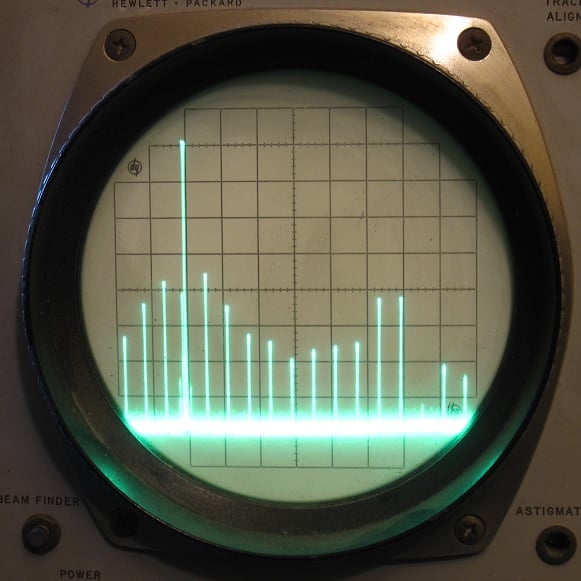Do I need to install the desktop env when installing a distro or do I need to install blank Linux and install a clean desktop env later? Thank you! 😃👌
It makes sense to install a Desktop Environment during the installation. If you install a really bare-boned Linux installation without DE you might even end up without a graphical display manager to login making things complicated for a new Linux user.
I don’t care about the difficulty only wants to know what is the best in the case of not installing to much packages, having a clean Linux distro
Okay, good :) You can try for yourself. Install bare-boned Linux, and then install for example fvwm, a light weight Window Manager. Fair chance that for example on Debian you will have to figure out which more packages (e.g. xinit and xorg and fonts) to install to make the GUI work. I like Debian for reasons, but the software package dependencies are not always on par with the package installations is my experience.
If you want a clean install, go for a carefully curated set of packages, rather than trying to mix and match to create your own selection - that’s bound to result in a Frankenstein installation.
I’m partial to Fedora Silverblue, which is essentially just a single package containing the things you need to have a usable desktop. You can install what you need separately on top of that, but on updates, the whole base gets replaced wholesale - including, which is most relevant to your concerns, removing stuff that is no longer used/needed, rather than having that clog up over time.
I don’t care about the difficulty only wants to know what is the best in the case of not installing to much packages, having a clean Linux distro
I heard that sometimes installing a DE after the distro installation can cause some issues because you may forget or not know some dependencies, additional packages and setup commands (like adding users for system apps). Because of that I would highly recommend installing a DE during the distro installation because in that case everything necessary is usually included and at least somewhat configured
The beauty of Linux is that you have choices. You can easily start with something very light (I’d recommend XFCE), then install any number of other desktops.
As others have said tho, use a VM or WSL first. Test things out with different DEs, see which you like, then install those on a live system (just to avoid having numerous DE’s on your final install).
start with something very light (I’d recommend XFCE)
I use XFCE, but it’s medium at best. It’s barely lighter than KDE and GNOME, and way heavier than the actually light options like LXQT.
It’s different from the other big DEs, not because it’s significantly lighter, but because it’s extremely stable, and the tools follow the Unix philosophy.
What is your use case? For me, something like a fileserver which I am mainly SSH-ing into anyway, I may not install a DE at all, but if this is going to be a general-use desktop, I see no reason not to install the DE right from the beginning, and selecting a DE will be part of the install process of most Linux distros, or some distros have different install disk images that you can download with any given DE which it supports.
If you are very concerned about keeping your system lean and want full control of what gets installed, you might want to look up guides for installing Arch Linux. The initial setup process is more involved than other distros, but once you have it installed, I think its reputation for being difficult is overblown.
Its for a daily driver system, productivity, development…
Several Linux distributions, like Arch Linux and Debian have so-called meta packages to install or remove a DE. For example on Arch Linux the command
pacman -S cinnamonwould install the Cinnamon DE. Or on Debian installing the XFCE4 DE :apt install xfce4
The general idea is that a desktop environment provides you with common graphical user interface elements such as icons, toolbars, wallpaper, and desktop widgets. In other terms it’s purely an aesthetic question. You can also decide which of these features will be useful to you and install the appropriate package(s) if you don’t want to grab the bundle that comes with any DE.
As far of timing is concerned, you can always experiment and install what you need as you go. The only downside to wait will depend on how good your distro is in managing packages dependencies.
Personaly, my Linux journey made me realize that the features offer by a DE were actually negatively impacting my productivity and a windows manager (a tiling one for me) was all I needed. But this decision - like a lot of others - comes down to personal tastes. Note that not using a DE doesn’t mean relying on the terminal only.




